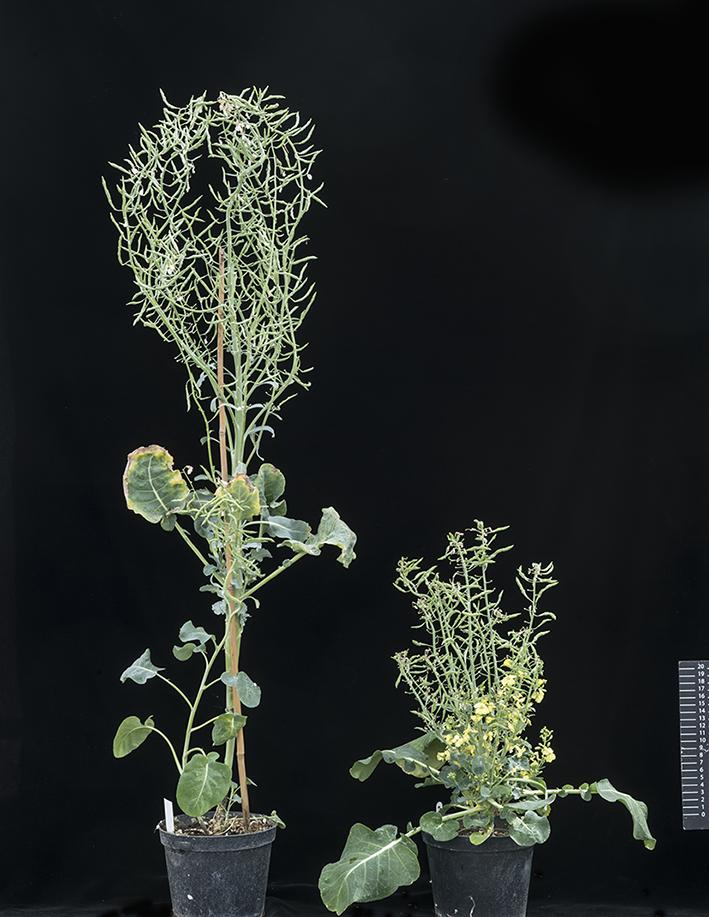CRISPR gene-editing is allowing rapid scientific advances in many fields, including human health and now it has been shown that crop research can also benefit from this latest exciting technology.
A team of scientists from the John Innes Centre and The Sainsbury Laboratory (UK), have shown that the very latest gene-editing technology CRISPR, can be used to make targeted changes or edits to specific genes in two UK crops, a broccoli-like Brassica and barley, and that these edits are preserved in subsequent generations. Not only this but it is possible to segregate and remove the transgenes used during the editing process so that subsequent generations of plants are indistinguishable in their make up from plants which have been conventionally bred.
Up to now there has been little information available on the efficiency of the CRISPR technology in crops and whether edits to genes in crops survive through to subsequent generations. There have also been few studies analysing the likelihood of off-target edits occurring in plants.
The aim of the research published in Genome Biology today, was to investigate whether use of the CRISPR technology would produce changes in targeted sections of DNA in both types of plant: monocots and dicots, whether subsequent generations would include the edit, and whether and how often off-target edits occurred as part of the process.
In barley, the gene that was edited is thought to affect grain dormancy and this is an important agricultural trait. In Brassica the edited gene affected the ease with which the seed pods shattered. In both cases plants were produced that had small changes, involving just 1 – 6 bases of the DNA sequence, in the target gene. These changes were enough to prevent the target gene from working. The editing process involved introducing some transgenes to target the specific gene and to make a cut in its DNA sequence. The small changes in the sequence occurred when the cut was repaired using the plants own repair process. During the research, scientists identified plants from subsequent generations which contained the edit but did not contain the transgenes that caused the edit.
As well as the edit to the target gene, in both barley and Brassica, off-target edits were sometimes found in a very closely related gene too. This can be useful in crops where there are often several members of closely related genes in a gene family and it might be desirable to edit more than one of them. The work also provides information on how to use the CRISPR system to ensure only a target gene is edited if this is the required outcome.
Professor Wendy Harwood, one of the lead authors and scientist specialising in gene editing at the John Innes Centre said:
“The beauty of the CRISPR technique is that it can create small changes in specific genes; sufficient to stop them working. Stopping particular genes from working is one way to develop disease resistant crops, for example with resistance to mildew or to produce crops without unwanted compounds including toxins. The final plants produced in this way have no additional DNA inserted so they are essentially the same as plants with naturally occurring changes to genes or plants that have been bred using conventional mutation breeding methods.”
A warming climate and ever-adapting and virulent plant diseases are a threat to food security in this and many other parts of the world. In the least developed countries, where poverty and bad harvests can cause hunger and malnutrition, the threats are even greater. This recent work at the John Innes Centre shows that gene editing using the CRISPR method is another, very useful and potentially very efficient way to adapt our crops to challenges including a changing climate and disease.













